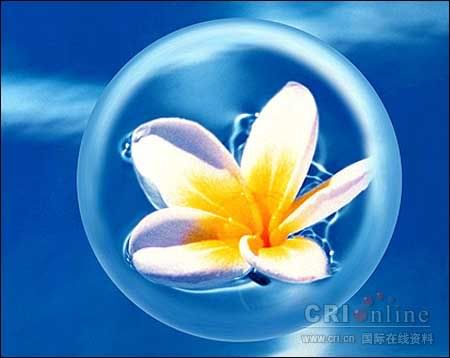OH COME ON! Where's the snow that supposed to fall in Oxford during Jan/Feb every year??! COME ON COME ON!!! The tempreture is rising up day after day!! I thought this is the COLDEST winter we would have in the past ten years?! Where's the snow, tell me! I was trying to take part in the Climate-Change Experiment conducted by BBC, http://www.bbc.co.uk/sn/hottopics/climatechange/ but the firewall of my laptop blocked the access... will try again later on... sounds pretty interesting... people, do check that out!
A little knowledge about SNOW from BBC.com
Snow is not frozen rain. Snowflakes are created inside clouds by tiny ice crystals colliding and sticking together. Most snowflakes melt on their way to the ground and fall as rain. Only when the air near the ground is cold enough will snowflakes fall as snow. All snow crystals are six-sided (hexagonal) and no two snow crystals have ever been found to be identical. Some snowflakes can grow to be 5-7 cm (2-3 in) across. When fresh snow is moist enough to stick together, snowrollers may form on hillsides or in large fields. A ‘snowroller' is like a cylindrical snowball in shape and is blown by winds of more than 32 km/h (20 mph) until it grows too large to travel any farther. Snowrollers can reach nearly 1.5 m (4 ft) in diameter.
Snow can be Wet or Dry
When it is very cold, "dry" snow falls - the ice crystals do not stick together easily and the snow is fine and powdery - in very cold dry conditions ‘diamond dust' ice crystals may fall. At less cold temperatures near freezing point, "wet" snow falls and large snowflakes form, especially if there is no wind. There are lots of different types of snow, as skiers know only too well. The Inuit people of the Arctic have lots of different words for snow as they live among it all year round and so understand it extremely well.
Calling on SNOW now... Let me Feel it more!

